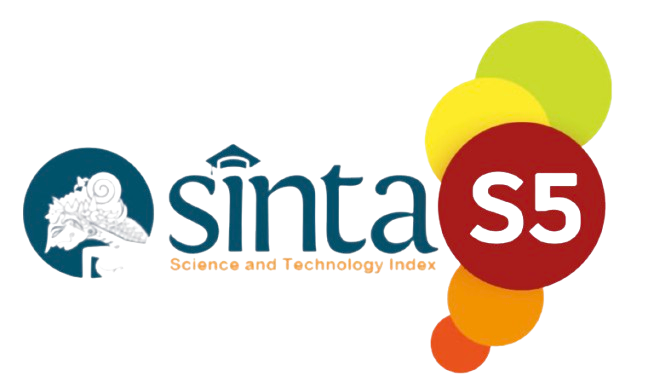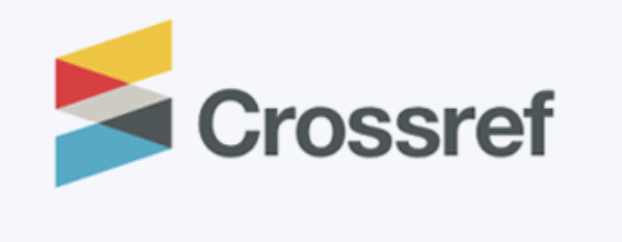Interpretation of The Characteristics of The Novel Ronggeng Dukuh Paruk by Ahmad Tohari
DOI:
https://doi.org/10.52217/ijlhe.v3i1.791Keywords:
character, qualitative, reading techniquesAbstract
Literature is a reflection of the reality of people's lives that need to be understood and taken advantage of by many people. Therefore, it is necessary to conduct a study or analysis to take the benefits in literary works. The novel of Ronggeng Dukuh Paruk is a literary work that presents a person's life with society and highlights the character or nature of each actor. This study aims to interpret the characters and characterizations contained in the novel Ronggeng Dukuh Paruk by Ahmad Tohari. The method used in this study is a qualitative research method. Collecting data in this study using observation techniques and documentation techniques and the data analysis technique used reading technique. The results showed that the character in the novel, namely Rasus, had various characterizations. So, understanding the story in this novel, the reader will benefit from studying a person's character from his tone of voice in order to be able to understand situations and conditions in social life.
References
Bobak, E. L. (1981). Seeking “Direct, Honest, Realism”: The Canadian Novel of the 1920s. Canadian Literature, (89), 85-101.
Danandjaja, J. (2014). Metode Penelitian Kepustakaan. Antropologi Indonesia.
Darbyshire, P. (1995). Lessons from literature: Caring, interpretation, and dialogue. Journal of Nursing Education, 34(5), 211-216.
Fitriani, H. (2019). Analisis Penokohan Tokoh Ainun dalam Novel Habibi dan Ainun Karya Baharudin Jusuf Habibi. Seulas Pinang: Jurnal Pendidikan Bahasa dan Sastra, 1(1), 17-22.
Gunawan, I. (2013). Metode Penelitian Kualitatif. Jakarta: Bumi Aksara.
Himmah, A., & Sa’adiyah, E. N. (2017). MORAL VALUES IN “THE HUNGER GAMES” NOVEL TO BUILD STUDENTS’CHARACTER. Al-Hikmah: Jurnal Kependidikan Dan Syariah, 5(1), 54-61.
Lestari, S. I. ., Alfiawati, R. ., & Sudarmaji, S. (2018). The Social Criticism on the Anthology of Poetry Portrait of Development by WS Rendra. IJLHE: International Journal of Language, Humanities, and Education, 1(2), 45–58.
Nicol, G. G. (1988). Bathsheba, a Clever Woman?. The Expository Times, 99(12), 360-363.
Nurgiyantoro, B. (2018). Teori pengkajian fiksi. UGM press.
Putri, Y. T., & Fitri, N. (2020). An Analysis of Educational Values of the Main Character in “The Miracle Worker” Movie. JELT: Journal of English Language Teaching, 4(1), 1-10
Rafiek, M. 2010. Teori Sastra Kajian Teori dan Praktik. Bandung: PT Refika Aditama
Rokhmansyah, A. (2016). Pengantar gender dan feminisme: Pemahaman awal kritik sastra feminisme. Yogyakarta: Garudhawaca.
Sayuti, S. A. (2002). Sastra dalam Perspektif Pembelajaran: Beberapa Catatan‖. Dalam Sastra Masuk Sekolah, Riris K. Toha-Sarumpaet (Ed.), hlm, 34-48.
Shapoatova, D. (2021, March). A LOYAL FRIEND. In E-Conference Globe (pp. 327-329).
Simega, B. (2013). Hermeneutika Sebagai Interpretasi Makna Dalam Kajian Sastra. Jurnal Keguruan Dan Ilmu Pendidikan, 2(1), 24-48.
Sugiyono. (2016). Metode Penelitian Pendidikan Pendekatan kuantitatif, Kualitatif, dan R&D. Bandung: Alfabeta
Wicaksono, Andri. (2017). Pengkajian Prosa Fiksi (Edisi Revisi). Yogyakarta: Garudhawaca.
Wijayanti, I. G. A. N., & Laba, I. N. (2020). Conflict Analysis of Novel Main Character: A Discourse Perspective. International Journal of Linguistics and Discourse Analytics, 1(2), 32-39.













